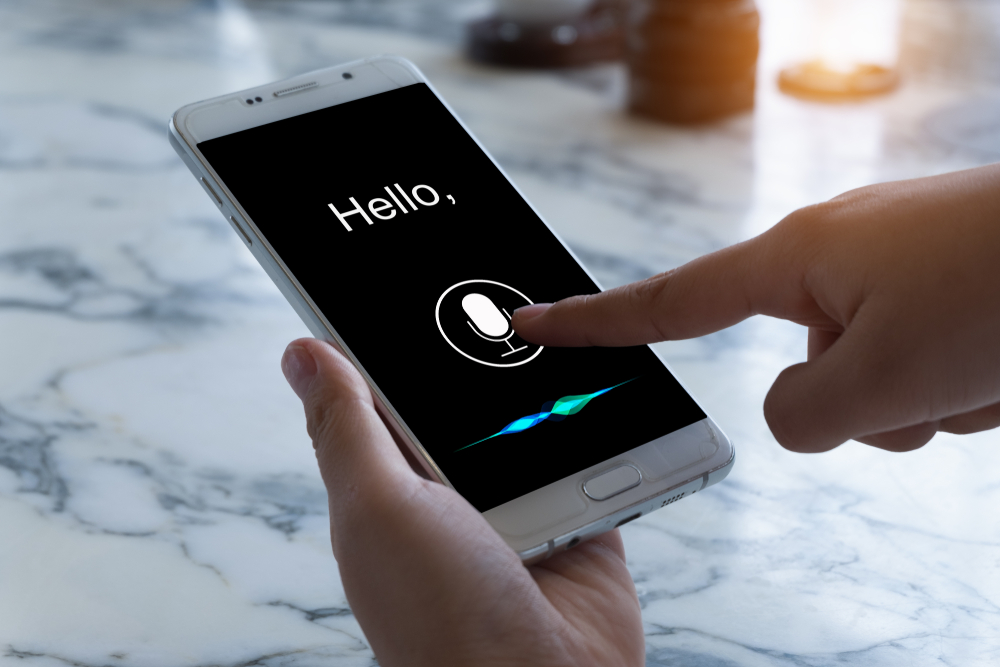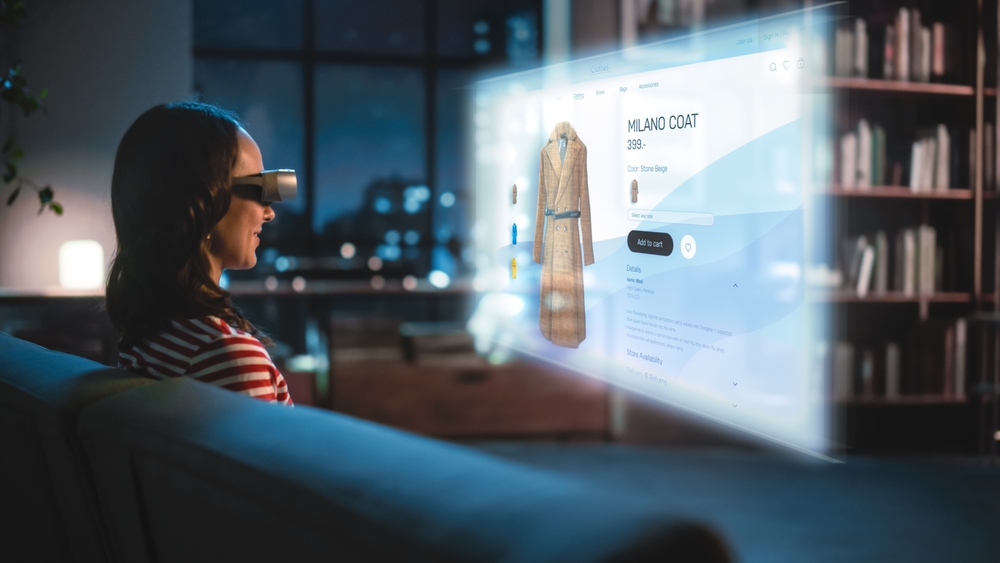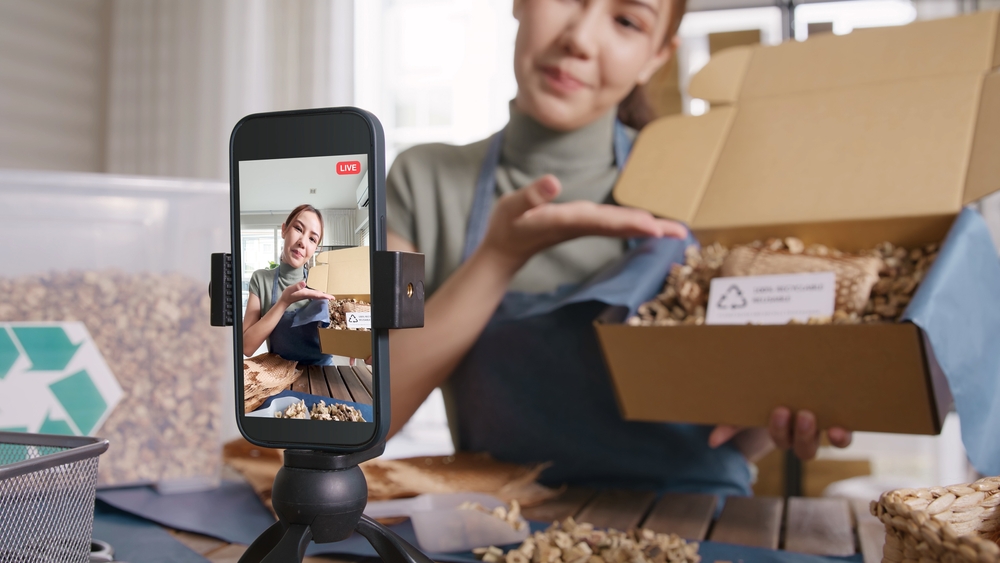With over 85 million Internet users, the Philippines stands among the frontline digital economies in Southeast Asia. Surveys show that the country’s digital marketing industry will likely grow exponentially in the coming years.
One factor for such a thriving digital industry is the growing reliance of Filipinos on technology to conduct day-to-day transactions. Logically, this is due to the convenience and efficiency that technology brings. Add the fact that the COVID-19 pandemic has accelerated the use of technological devices and social media platforms across sectors.
As a business owner, this offers promising opportunities for you to expand your customer base and increase your company’s brand awareness. But for you to compete better in the market, it’s important that you’re updated with the latest trends and developments in the industry. Doing so allows you to fine-tune your marketing strategies to adapt to the current demand.
In this article, we will look into some of the biggest digital marketing trends in the Philippines in 2024. Read on to get in the know!
The Digital Marketing Landscape in the Philippines
Digital marketing in the Philippines is a flourishing industry. Recent studies concluded that ad spending in the country is continually increasing, reaching $18.8 billion in 2022, a 3.87% increase from the previous year. By 2027, the nation’s e-commerce sector is expected to be worth nearly $26 billion.
These numbers are fueled by the growing number of Filipinos shopping and selling online. Based on a Facebook survey, one in four Filipinos browse through live selling on social media. The number of online businesses involved in retail trade likewise increased from 70% in 2019 to 80.2% in 2021.
Data also show that search volumes on merchant and seller-related queries continue to spike up to 18 times higher than in previous years. This is supported by further surveys revealing that, on average, 65% of Filipinos use their smartphones to shop.
10 Biggest Digital Marketing Trends in the Philippines for 2024
Your company’s ability to keep up with marketing trends allows you to improve your customer engagement and stay ahead of the competition. Here are a few leading trends you can take note of to help you get started.
Your company’s ability to keep up with marketing trends allows you to improve your customer engagement and stay ahead of the competition. Here are a few leading trends you can take note of to help you get started.
1. Increased need for Voice Search Optimization (VSO)

Around 31% of mobile users worldwide use voice search more than once a week, most of whom are below 18 years old. This trend suggests that audiences worldwide will grow more accustomed to hands-free online browsing.
As a digital marketer, it’s important to anticipate these needs to continue engaging your target customers, regardless of how they use the internet. In 2021, Google launched its Voice Playbook, guiding marketers like you on optimizing your website for voice search.
The playbook also notes how non-native English users can benefit from voice search, allowing them to use Google search without needing to understand how to read and write English. Given that Education First’s English Proficiency Index in 2022 found that China and the Philippines are the main drivers of Asia’s declining English proficiency scores, the voice search function is especially helpful.
Hence, optimizing for voice search, such as simplifying text to match how users speak, allows you to capture even more of the local market in 2024.
2. Influencer marketing evolves with the rise of nano influencers
Nine in ten Philippine users (90%) prefer influencer accounts over brand accounts. However, recent statistics on influencer marketing reveal consumers are experiencing influencer fatigue; influencer post-engagement rates have dropped from an average of 1.67% in 2020 to 1.18% in 2022.
Repetitive and similar posts among influencers are one of the biggest reasons they are slowly turning off users. Nano influencers are posing to be the next big opportunity for Filipino marketers in 2024. According to Partipost’s Asia Pacific Insights: Influencer Marketing Report 2023, 28% of brands could spend up to ₱250,000 to run a single nano influencer campaign.
This figure represents one of the growing trends in digital marketing and the lengths brands take to leverage the power of nano influencers. Nano influencers are known to have more authentic and organic content that seems less staged or polished than their larger counterparts.
As such, you must tap into their appeal early in 2024 to get ahead of other marketers trying to take advantage of the new faces of influencer marketing.
3. Demand for AI integration will require upskilling for Filipino marketers

Per projections, the global artificial intelligence market will grow by 20.17% yearly, resulting in a market volume of $2.92 billion by 2030. The Department of Trade and Industry launched the National AI Strategy Roadmap in May 2021. The roadmap guides the government and private sector workers on how to adopt AI into their processes.
The release of such a roadmap indicates how considerable of an impact the technology has on the country’s infrastructure. For instance, LinkedIn recently launched 100 free courses on generative AI after urging Filipino professionals to boost their AI skills. Philippine firms are already investing in AI training to increase their productivity.
AI’s influence is spreading across industries, especially in digital marketing strategies such as mobile marketing and content marketing. With the technology allowing marketers to produce content and analyze customer data faster and smarter than before, becoming skilled in using AI will set your brand apart in 2024.
4. Augmented Reality (AR) and Virtual Reality (VR) take a major step forward in the country

Experts predict AR and VR user count will balloon to 34.8 million by 2027. User penetration is also primed to climb from 28.6% in 2023 to 29.1% by 2027, with each user providing businesses with an average revenue of $4.37. In the Philippines, VR headsets alone have generated a revenue of $110.1 million in 2023, with steady growth forecasted yearly; AR advertising ad spending is likely to follow the same upward path.
These statistics imply the country’s growing adoption of VR and AR technologies and one of the key trends in digital marketing you shouldn’t overlook. SM Mall of Asia recently held a free art exhibit to promote Philippine artworks through AR technology by allowing visitors to scan QR codes to see a virtual painting.
Another example is the Wilcon department store launching its virtual store experience. VR augmentation tools enabled website visitors to explore the department store without leaving their homes.
5. Video marketing will still reign supreme
Almost eight in ten specialists (78%) reported that videos significantly impacted their sales, with 83% of marketers reporting an increase in the average session duration on their website. That said, roughly 93% of businesses have been able to acquire customers through short-form social media videos.
In fact, a TikTok-commissioned study found that 93% of Filipinos bought a product because they saw it on the app. With that significant number in mind, it’s safe to say that video marketing in the Philippines is here to stay for 2024.
6. Ethical marketing comes to the forefront of Philippine digital marketing

Three in four Filipino consumers (75%) prefer sustainable and eco-friendly brands. This statistic emphasizes why sustainable marketing is more relevant today. Additionally, Carousell Media Group found that 95% of consumers under 35 agreed purchasing pre-owned items was more sustainable.
In practice, these findings mean neglecting to highlight how your brand benefits the environment can backfire and drive away customers in 2024.
7. Social media shopping
Rakuten Insight’s February 2023 survey on the Philippines found that roughly 70% of its respondents used Facebook for most social commerce transactions the year before. Another 53% of surveyees mentioned TikTok was their primary platform for social media shopping.
With Filipino shopping behavior constantly changing, these statistics highlight the need for your e-commerce to double down on promoting your products on social media in 2024.
Also Read: The Cost of Social Media Advertising
8. Privacy-centric marketing becomes a top priority
Almost every Filipino (90%) is concerned about unauthorized access to their personal information, with data security among the top concerns in the Philippines. This issue is among the top digital marketing trends to pay close attention to since Filipinos are becoming more wary about the information they share online.
As a digital marketer, you can anticipate respecting customers’ rights to withhold information while analyzing customer data in 2024.
9. AI-enabled Hyper-Personalization
Despite the reluctance to share personal information, more than 73% of Filipinos still want a personalized online experience. Meta conducted a case study on Jollibee featuring automated app ads that use machine learning to combine specific images, copy, and video that a user is most likely to be interested in.
The digital marketing approach allowed the brand to lower its cost per reach by 18% and achieve 1.2x more app installs. This level of personalization will allow you to meet growing audience expectations in 2024.
10. CTV and streaming continue to pick up momentum

Connected TV (CTV) marketing delivers ads to the audience’s internet-connected TV. According to AppsFlyer’s APAC connected TV trends, 2023 report, 40% of Asia Pacific viewers downloaded a mobile app after seeing a CTV ad for it.
Combined with 16 million Filipinos consuming YouTube content on connected TV screens in 2022, the data suggests this could be a viable platform to boost your marketing metrics in the coming year. With over 98% of Filipino internet users using at least one streaming platform, CTV and streaming are becoming more significant avenues to promote your brand to Philippine households in 2024.
Keeping a Digital Outlook for the Future
Digital marketing trends change because customer behavior is never static. Digital marketers must adapt to the changes in customer expectations and new technologies, such as AI, to compete in the dynamic market. Knowing the latest digital marketing trends in the country will help you stay ahead of the game and develop strategies to capture the Filipino audience effectively.
If you want to grow your business, a digital marketing agency in the Philippines like Spiralytics has a pool of digital marketing experts who can help you reach your business goals. Contact us today to learn more about our content marketing services!
This article has been updated by Francis Jude Alcantara






